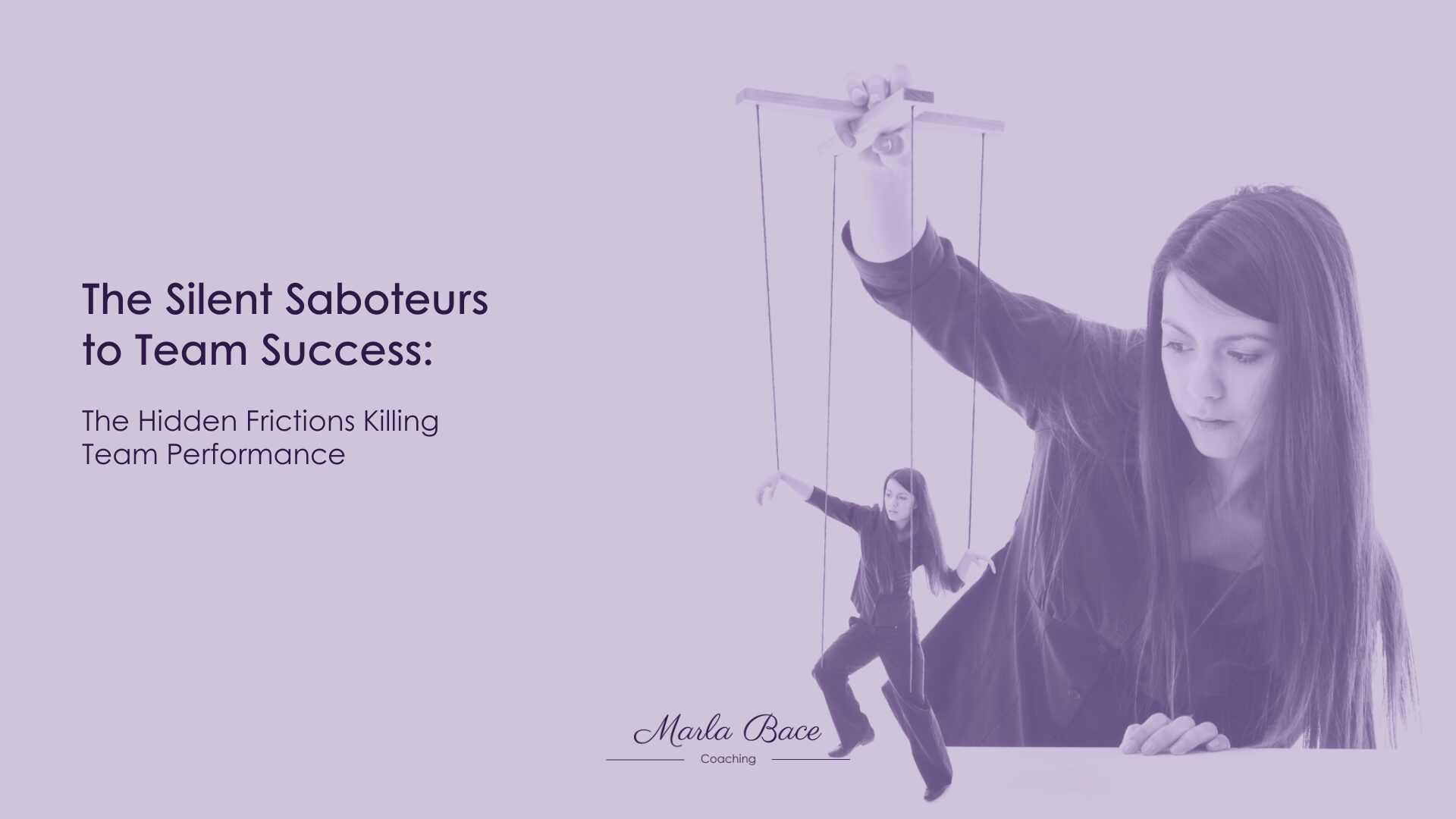Introduction
If you’ve ever tried to grow a business or prepare it for sale, you know how quickly a leader-centered model runs out of runway.
The same habits that helped you build what you have, staying close to every decision, solving problems personally, and being the keeper of client relationships, can quietly become the bottleneck. These habits limit your team’s potential.
I’ve observed this pattern in companies at every stage, from emerging firms positioning themselves for series B funding to established organizations. These organizations try to break free from founder dependence. The transition from “high-performing, leader-driven” to “high-performing, leader-independent” is rarely a straight line.
But it’s also the inflection point where real enterprise value is created. It is where leaders discover whether the culture they’ve built can stand on its own.
Success becomes a risk when it’s dependent on you.
At some point, every business hits a threshold where more growth requires less dependence on a single person’s effort. That threshold usually shows up in ways that look like typical growing pains:
- Clients call you directly instead of the team you’ve hired to serve them.
- Projects stall without your input or approval.
- Critical knowledge lives in your head or with a few core people rather than in documented systems.
- Your team defers decisions because they assume you’ll have the final say anyway.
These patterns aren’t accidental. They’re the natural byproduct of a leader who cares deeply and has been willing to jump in wherever needed. But what starts as commitment eventually becomes risk. This especially happens if your goal is to create a business that thrives without you at its center.
I saw this firsthand when I worked with a respected wealth management firm that was later acquired. The founders had built a strong brand and loyal clients, but over time, critical decision-making had stayed concentrated among a small group. Rainmaking fell on the founder’s shoulders. As the business evolved, this created bottlenecks and limited their ability to grow. We focused on documenting core processes and developing mid-level rainmakers. We gradually shifted day-to-day ownership so that the firm could continue growing without relying on a few individuals to make every decision. The result was an organization that was not only healthier internally but also more attractive to potential buyers.
Autonomy isn’t abdication: it’s intentional design.
One of the biggest misconceptions I hear is that creating autonomy means stepping away and trusting the team to figure it out. But autonomy isn’t abdication. It’s the result of clear structures, clear expectations, and clear accountability. These expectations need to be set by you, not by another leader.
When I help leaders prepare their companies for growth or exit, we often start by mapping two questions:
- What decisions absolutely require your involvement?
- What decisions could someone else own if they had the right tools, context, and authority?
This exercise is rarely comfortable. It forces leaders to confront the places where they’ve unconsciously kept control. It reveals where the business is more fragile than it appears.
But it also creates a blueprint for change. It provides a roadmap to reallocate decision-making authority, codify processes, and develop talent who can lead without constant oversight.
One approach I often recommend is organizational redesign. Instead of trying to retrofit your current structure, start by defining the strategy you want to pursue over the next three to five years. Once the plan is clear, design the structure that will best support it. Only then do you look at the people you have today and consider how their strengths align with the roles you’ve defined. This order matters. When you start with your desired future state, you avoid the trap of designing around personalities and preserve your ability to scale.
This approach mirrors what McKinsey describes as a science-based transformation, starting with strategy, then structure, and finally people.
Here’s the truth: being open to change is only the first step. You also have to stay with the decision to change. Especially when old habits try to pull you back. Teams watch what you do far more than what you say. If you declare your intention to step back but keep inserting yourself when things get tense, people will wait you out.
Culture is the asset that scales
Process and structure matter. But no amount of documentation can replace a culture that expects and rewards accountability.
In companies built to scale or sell, you see the same cultural markers:
- People take ownership of outcomes, not just tasks.
- Communication is clear and transparent, even when it’s uncomfortable. (refer back to last blog)
- Success isn’t measured by proximity to the founder but by contribution to the mission.
Creating that kind of culture takes more than a memo. It takes leaders who are willing to walk the talk, modeling the behaviors they expect from everyone else. That means being open to feedback and acknowledging when your own instincts are getting in the way. It requires demonstrating consistency even when it would be easier to revert to the familiar role of fixer.
Buy-in doesn’t happen because you make a declaration. It happens because your team sees you living the change you’re asking of them. They see you keep showing up the same way, even when it’s inconvenient. For more on how leadership habits shape culture, see this Harvard Business Review article on why organizations don’t learn.
Conclusion
If your goal is to build a business that lasts, whether you intend to sell it, scale it, or simply step back someday, your team’s ability to thrive without you isn’t a nice-to-have. It’s the measure of how sustainable your success really is.
This transition doesn’t happen by accident. It happens when you decide to design for autonomy, invest in your people, and trust that the culture you’ve built can hold more than your own ambition.
It also happens when you commit to consistency, sticking with the decision to lead differently long enough that it becomes the default, not the exception.




